A new Fifth Edition
Have you noticed the changes?
Dungeons & Dragons 5th Edition was released in 2014 and in these almost 10 years it is no longer the same and, of course, this has generated a lot of controversy.
The latest Dungeons & Dragons books have featured drastic changes to their classic system structures and scenarios that haven't been done in a long time.
Today you will understand more about D&D's history, its fifth edition and what changes happened in addition to the reaction of the fans, its advantages and disadvantages and what we can expect from there in a possible and already confirmed new edition!
A Historical Analysis
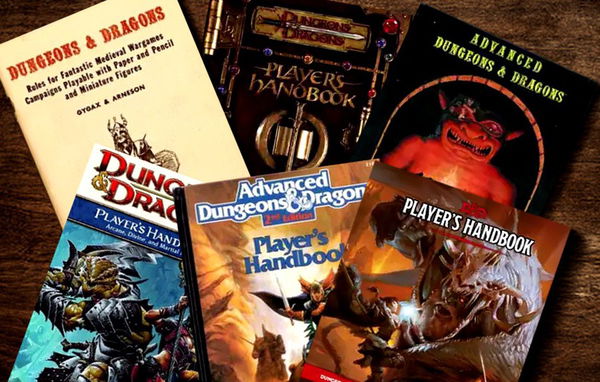
Changes in Dungeons & Dragons are nothing new. With almost 50 years and five different major versions, Dungeons & Dragons has continually adapted to the consumer market.
Its first edition, released in 1974, inaugurated the genre and slowly created fans coming from war games and other board games still using experimental rules and systems, but with a potential and personality of its own that soon caught attention.
The second edition, in 1989, altered and expanded the first, consolidating the foundations of what we see today in the game and in its main scenarios.
In the third edition in 2000 (And its update, to 3.5, in 2003) we had the great turning point. D&D became extremely famous, and many of the rules and scenarios as we know it came from here. In addition to the release of the rights to use the rules (The famous OGL) by Wizard of the Coast itself, which moved a multitude of new games on the market, including competitors.
The fourth edition, released in 2008 in a computerized market and full of other RPGs, was another turning point. Its updates were not welcomed and, as much as it brought several quality innovations, to this day, it is considered the least loved by fans of the franchise.
It was at this moment of decadence where systems like Pathfinder took the top of the popularity rankings once monopolized by Dungeons & Dragons that the fifth edition arrived, mixing hope and fear for the fans.
The Fifth Edition comes out
Dungeons & Dragons' latest edition officially arrived in 2014, an incredible era for RPG fans, with quality systems popping up all the time and the internet making it easier than ever to access them.
And what were advantages for the consumer were challenges for the fifth edition.
Before, D&D sold by its name, but after the fourth edition the market was divided, and it needed to show itself to be fantastic, not just famous.
And Wizards made it.
The fifth edition was an amalgamation of everything that worked in the previous editions and a reflection of what the market was looking for today. The rules were simplified into well-structured core mechanics and relevant and evocative characterization options reduced learning time and gave players a sense of constant evolution.
This more dynamic and less constrained Dungeons & Dragons than the third and fourth editions entered the public's taste and was a huge success — the king had returned to the throne.
But that was in 2014 and in the almost 10 years that have passed a lot has changed…
The world changes, and so does D&D
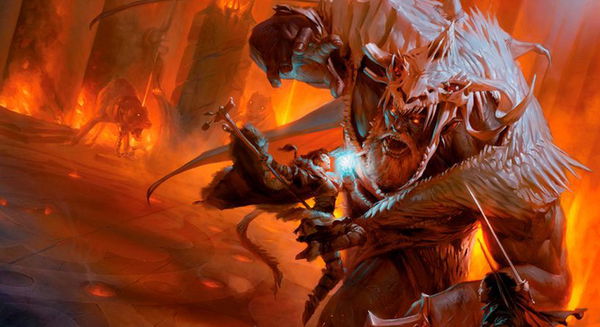
D&D 5th Edition was a return to the roots that fans sought after fourth edition, but constantly looking for innovations and methods to update its rules.
And the main form taken was the Unearthed Arcana. A free online supplement with additional rules of all kinds, entirely new material serving as a thermometer for public taste and may or may not appear updated in official books.
But still no one imagined such huge changes in the franchise's future because as the years passed with new rulebooks, scenarios and supplements a social change was also taking place. The D&D audience was changing, and with it the view of what is acceptable for a medieval fantasy game as well.
And with that, more and more Dungeons & Dragons was questioned by positions in rules and controversial settings such as the comparison of races with ethnic stereotypes and classes with structural prejudices of real-world cultures that, until then, were treated purely as fantasy.
Along with that, we had the increasing competition in indie games. Systems like FATE and Powered By Apocalypse facilitated the entry into the market of scenarios not only focused on combat, but also on development, romance and other different points that Wizard with Dungeons & Dragons was unable to supply.
D&D was still at its peak, but new risks were emerging.
In a period where the public voice has real weight on social media and games with small scopes can profit hundreds of thousands of dollars and win thousands of fans just for an innovative theme, the position of the top 1 RPG in the world was no longer as secure as it was, the numbers could tell.
And the changes began
As a reflection of all public and marketing situations, Wizards needed to act.
In the book "Tasha's Cauldron for Everything" new supposedly optional rules were created that dramatically expand the freedom of character creation. Among several changes, the ones that caught the most attention was the breaking of the restriction on bonuses and penalties on attributes offered by Races.
For those who have played Dungeons & Dragons since its second version, one of the pillars of the game has always been race and class, which, when combined, provided a closed package of advantages and disadvantages that expanded according to the levels.
In Tasha this is no longer necessary. An Elf who would previously gain +2 to Dexterity could now have that bonus to literally any other attribute!
And in case none of the races fit what you expect, rules were also created for creating your own unique lineage in addition to several other changes such as native languages, proficiencies, subclasses... Tasha actually opened up never seen the possibilities in character creation at D&D.
Meanwhile, in the scenarios we had the publication of a new Ravenloft, the classic gothic horror scenario from Dungeons & Dragons that innovated by changing the aesthetics of characters and the scenario itself.
What was once purely dark, terrifying and, literally, gothic, now features colorful art, different races and changes to classic scenery figures surprising every fan.
In the news related to new worlds, we had the connection with the scenarios of Magic the Gathering bringing environments such as "Strixhaven: A Curriculum of Chaos", a high school fantasy scenario focused on a Harry Potter-style wizardry academy, a truly different theme from what everyone expected by not being based on the usual epic combats and adventures.
With each release, D&D and its settings changed rapidly. The supposedly optional rules of Tasha's Cauldron became basic mechanics of the new books regardless of the public's taste that still debated the mechanical and interpretive changes of the game, and even entire excerpts from the classic books were altered or removed from their official online versions due to public criticism and the new corporate vision of the brand.
And as expected, changes bring conflicts.
Fanbase on fire!
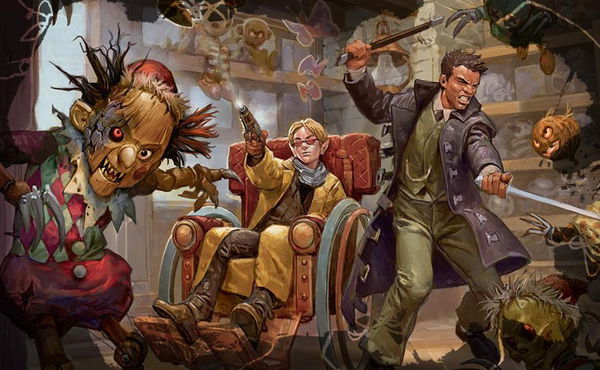
Each new change inflamed the spirits of an increasingly divided fanbase.
On the one hand, we have the enthusiasts for the more dynamic and free future of Dungeons & Dragons, understanding that many rules and concepts are dated and even offensive and that yes, they need to change.
On the other hand, we have those who feel deceived and with their voices ignored. Players who dedicated themselves for years to a system that suddenly changed its core bases because of supposed outside pressure and not for the real good of Dungeons & Dragons as a game.
Fierce debates are happening all over the forums and social media right now about the changes that have taken place and, by all indications, will continue to happen in the most played RPG in the world.
I'm not here to say who's right, or if there's anyone totally right in this situation...
But to help your own decision on this controversial topic, I will list some of the most important positive and negative examples of this new path that D&D has taken:
Pros
Freedom of choice
Dungeons & Dragons has always had a fixed structure of what classes and races could do.
These restrictions created a quest for efficiency where if a race didn't get the proper benefits for a particular class, it just wasn't worth using them together, no matter how much you wanted to.
Now, with races running freely, you can finally have your dwarf mage or halfling barbarian without having to worry about being weaker than the rest of the team, facilitating creative freedom and in-game fun for players and GMs alike.
Adapting other minor rules like language and class proficiencies also helps to expand the range of options, which is growing as new books continually create content.
Creative ambiances
The diverse universes of Magic: the Gathering adapted for fifth edition were an old dream come true.
In addition to classic medieval fantasy themes, we have already seen differentiated universes such as Strixheaven emerge, and the trend is that even more creative universes will gradually appear to please all types of audiences and bring more and more players.
Representation
Wizards of the Coast's effort to make D&D a welcoming environment for all groups is undeniable.
From the insertion of characters with varied ethnicities, changes in social structures in races and classes that could sound offensive or outdated, to previously ignored forms of inclusion such as magical wheelchairs and other equipment that play with the classic power fantasy of a fantastic world with no prejudice.
Not to mention the support for creating inclusive and safe tables for all kinds of players, a policy that not only Wizards of the Coast has followed, but most major publishers have started to pursue in recent years.
Cons
Rules Neutralization
One of the recurring complaints about race changes is that, no longer having the classic stat changes, your choices are now much less relevant to the sheet than before, almost like an aesthetic choice of how you want to see your character from what used to be a mechanical decision.
It's worth remembering that for most Dungeons & Dragons players, the act of assembling and optimizing sheets is an integral part of the fun of playing the system. Simplify this without giving anything back, and you're drastically reducing one of the most cherished points for players who study and debate its rules hard with each release.
Scenario distortion
D&D is based on medieval fantasy, and that's what its fans look for when they play.
Focusing on scenarios with very different themes and changing classic settings like Ravenloft while ignoring other worlds that fans continually ask for shows disregard for the work, its legacy and fans.
Dungeons & Dragons has several scenarios with decades of history that were forgotten in fifth edition and for fans of these, seeing so much focus on new worlds with themes that completely escape the original scope of the system is, to say the least, frustrating.
Artificial changes
Undoubtedly, the biggest and most delicate criticism in the discussions on the subject.
For many, these changes are not based on gameplay studies and analysis of the real audience that plays Dungeons & Dragons, but on the simple fear of criticism and threats of cancel culture on the internet.
In this way, what should have been a gradual development until the release of a new edition was imposed quickly to appease the critics' moods, ignoring the true audience that had their old manuals outdated even before a new collection was released, and their hobby changed at their mechanical and narrative core without the proper tests.
This feeling of artificiality generated in the changes seemed to betray old players, who now feel replaced by an alleged share of critics who aren't really concerned with the franchise.
And at last, the Future
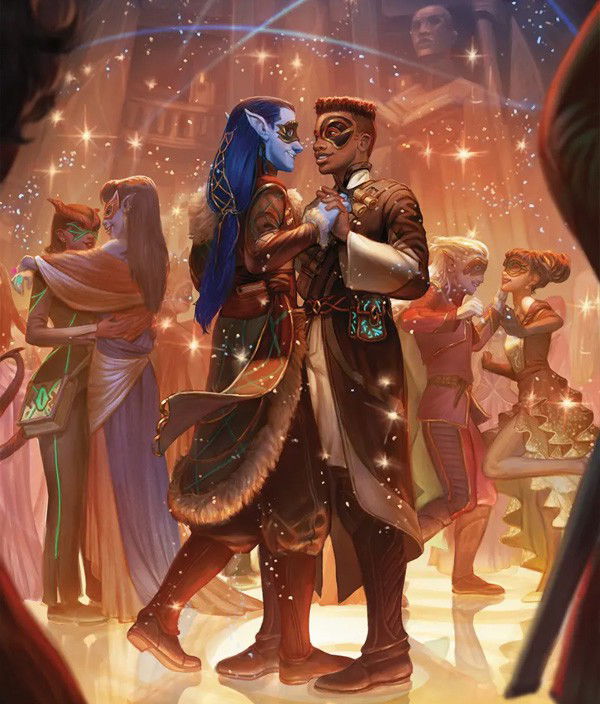
Dungeons & Dragons is changing, and your game is likely to change in some way too.
So far, the argument remains, and both sides have strengths and weaknesses in this debate that promises to last a long time and, perhaps, forever change the Dungeons & Dragons consumer audience.
Will there be a DnD 6th Edition?
The work for a new edition in 2024 has already been revealed in celebration of 50 years of the game, we don't know whether it will be a sixth edition or a "5.5 edition" like the third one had in the 2000s, just updating the basic manuals with changes that have taken place recently.
We still don't know exactly what to expect. We may be facing the greatest revolution that Dungeons & Dragons has had since its inception and the popularization of the hobby to new niches that need a safe environment as we all have found among the tables, friends and given for life.
Or we may be seeing the breaking of a community in favor of commercially strategic moves, but without a focus on the audience that actually maintains the franchise.
Only the future will tell. But, one way or another, I can't wait to see the future that awaits us.
What about you? Have you been following the latest D&D releases and its new identity? Do you agree with the changes, or are you in favor of the classic fifth edition rules? Let us know with a comment!

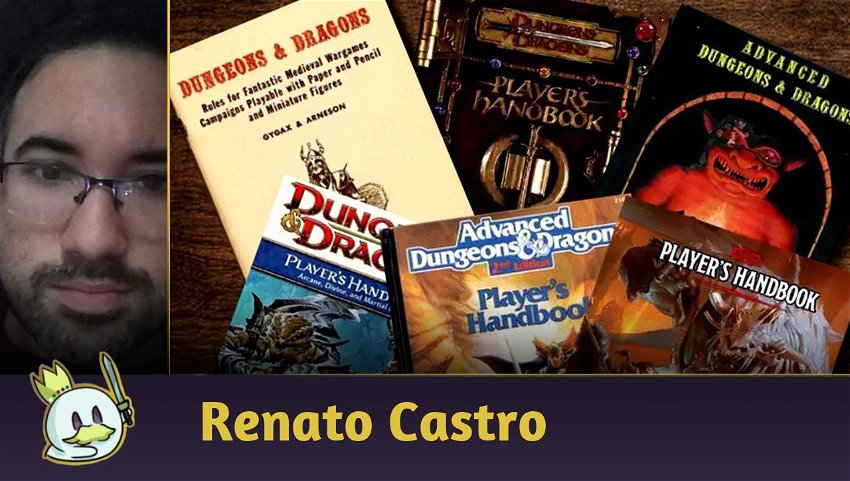







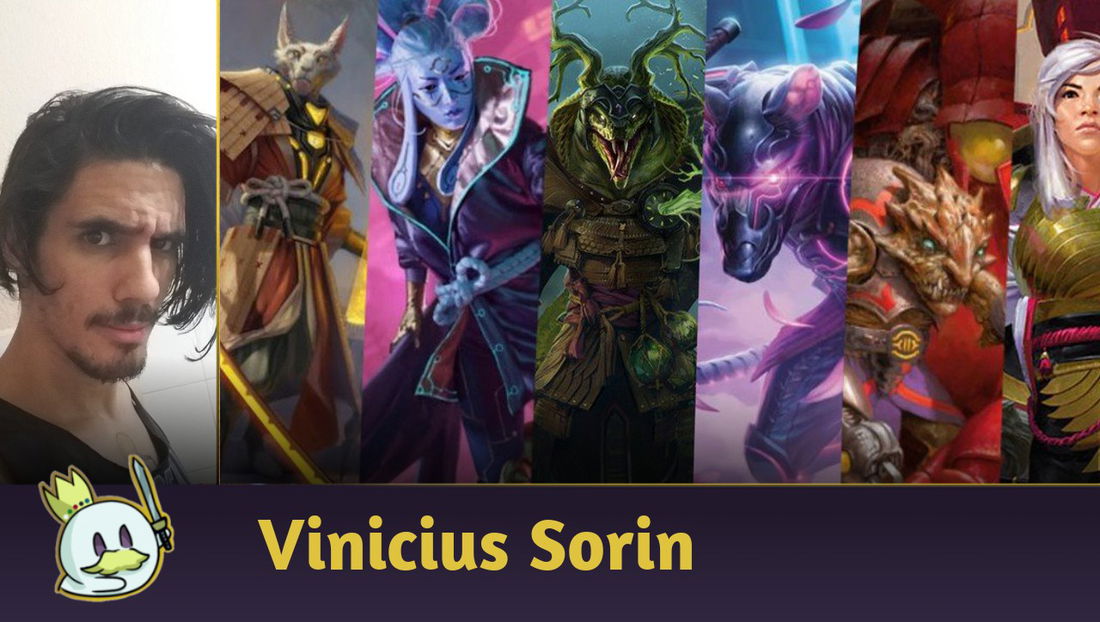
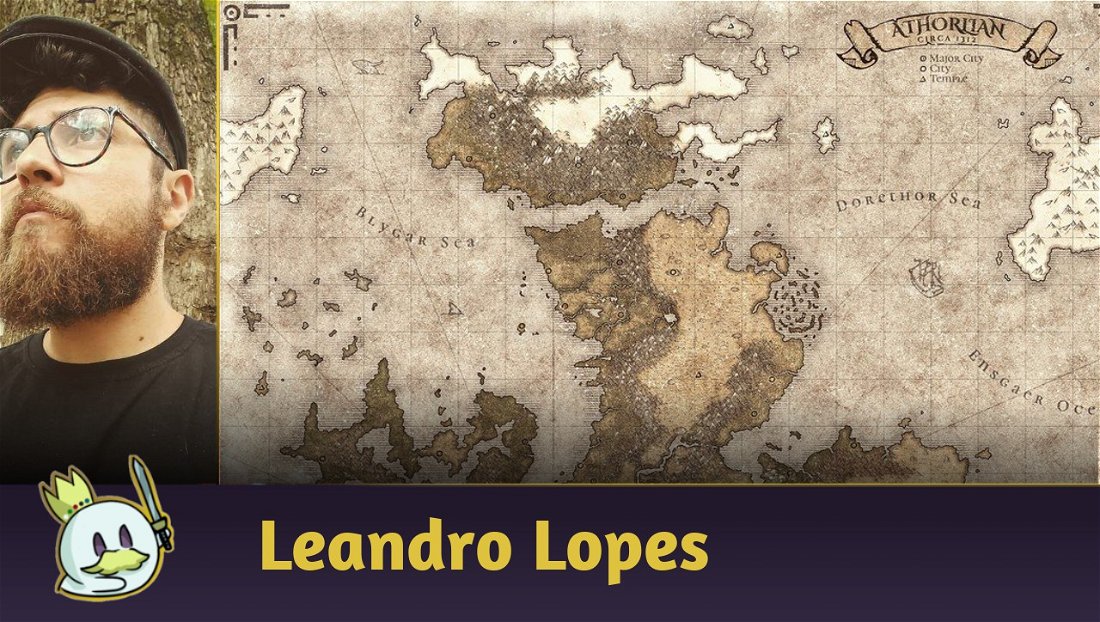



— Kommentare 0
, Reaktionen 1
Sei der erste der kommentiert